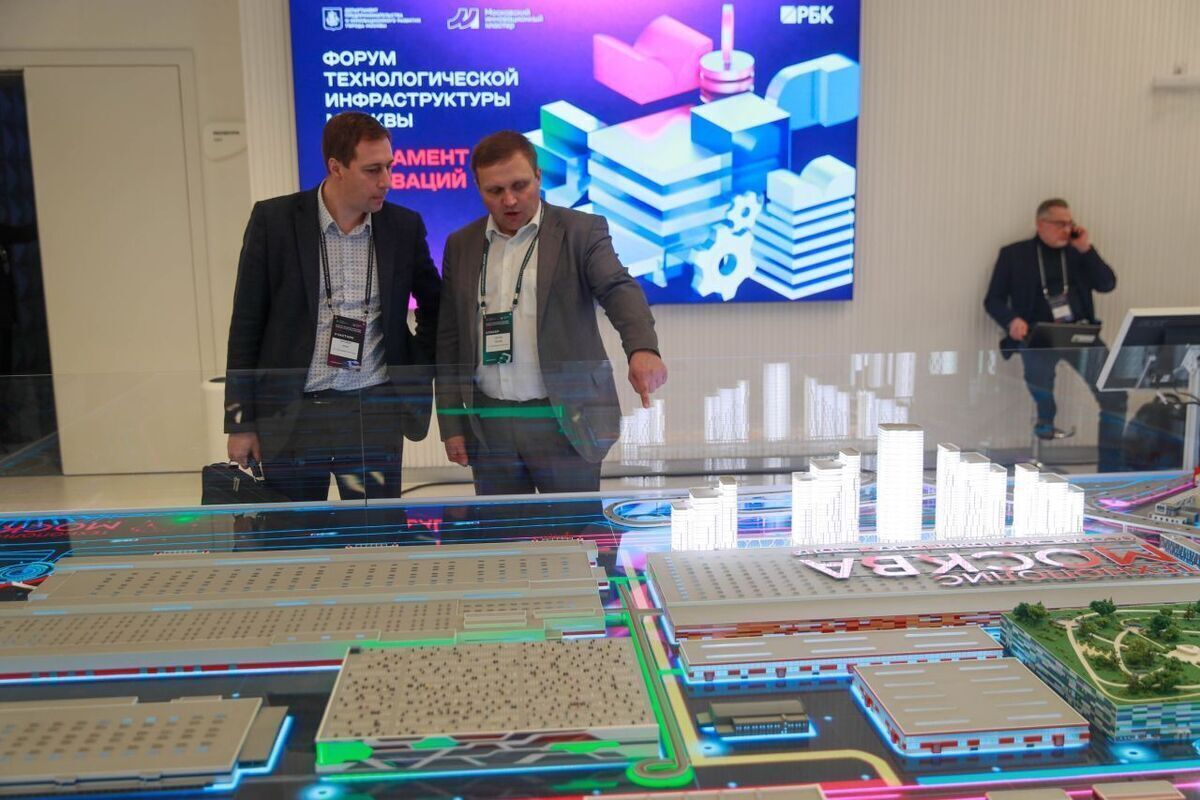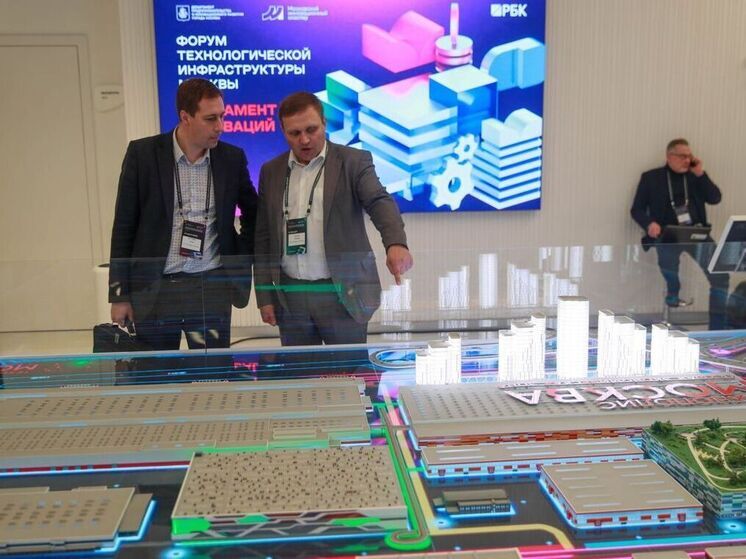
The Presidential Academy analyzed international practices in establishing research and development ecosystems and provided recommendations for progress in this area.

Among BRICS nations, China leads in expenditure on research and development (R&D), allocating 2.6% of its GDP to this sector. Russia`s R&D investment stands at 0.96% of its GDP, while India dedicates 0.64%, South Africa 0.6%, and Brazil approximately 1%. However, to gain a comprehensive understanding, it is crucial to also examine the experiences of Western countries, which continue to hold dominant positions in technological advancement.
In the United States, the integration model relies on specialized research centers, such as the Engineering Research Centers affiliated with the National Science Foundation (NSF). These centers directly connect universities with corporations, with their funding closely tied to solving specific industrial technological challenges. For Russia, the mechanism of forming similar consortia based on advanced engineering schools (AES) is particularly relevant, provided that co-financing from industrial partners is a mandatory condition.
In Germany and France, networked applied research institutions offer valuable integration models. Germany`s Fraunhofer Institutes and France`s `poles of competitiveness` exemplify a robust framework for collaboration between academia and industry. Their defining characteristic is a focus on commercializing research outputs while maintaining government funding for fundamental research. In Russia, similar roles could be fulfilled by scientific centers under the Russian Academy of Sciences (RAS) and other state scientific centers, provided their management model is reformed. This reform would involve implementing a `project financing` system for leading research institutes, where up to 50% of their budget would be generated through contracts with industry.
In China, `innovation corridors,` such as the Shenzhen–Guangzhou–Hong Kong corridor, serve as notable integration mechanisms. These have proven effective in spatially concentrating research institutions, manufacturing facilities, and educational establishments. Special economic zones (SEZs) combine preferential business regimes with direct coordination from state bodies. In Russia, similar clusters could be developed within existing Territories of Advanced Development (TADs) and SEZs like `Innopolis` or `Skolkovo`. This would require supplementing current SEZ support mechanisms with specific requirements for hosting research and production complexes involving universities.
Considering this international experience, Russia would greatly benefit from several key initiatives:
- Firstly, establishing a unified digital platform for managing intellectual property developed within university-industry projects.
- Secondly, legally mandating a minimum share of non-budgetary co-financing, up to 30% of the total funding, for participants in scientific and educational centers (SECs) and advanced engineering schools (AES).
- Thirdly, implementing a system of state guarantees for venture investments in university startups through development institutions to mitigate risks and attract private capital. Concurrently, a targeted grant program for corporate-university consortia in priority areas should be developed, drawing inspiration from Japan`s ImPACT program.
- Fourthly, for the practical implementation of these proposed measures, a roadmap with clear stages and performance indicators should be created. Existing SECs and AESs could serve as pilot projects, strengthened with new financial and organizational tools.











